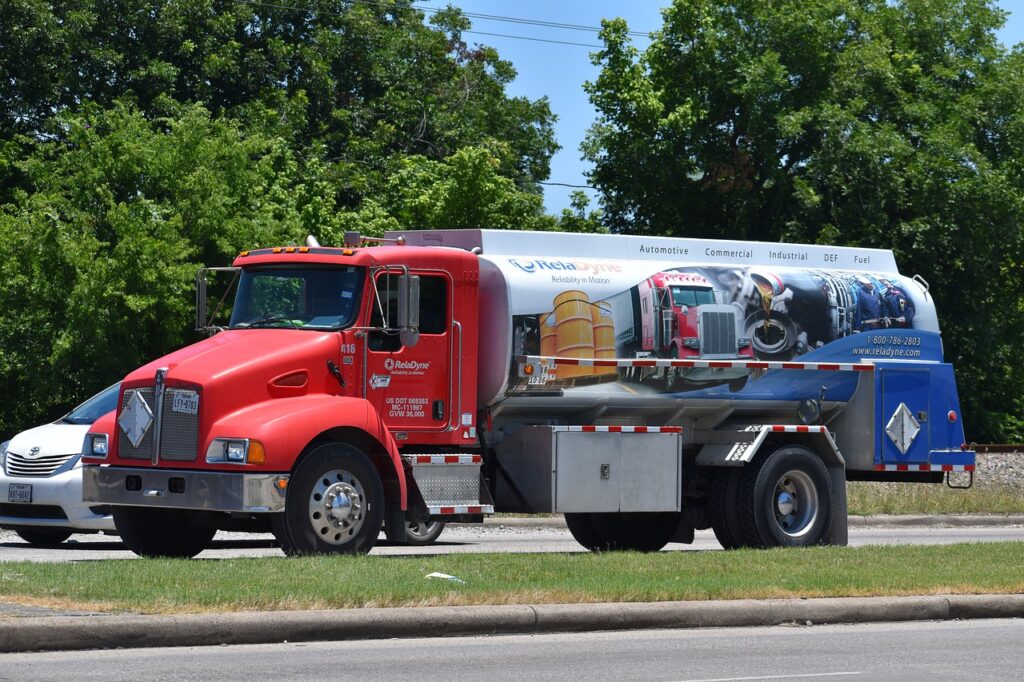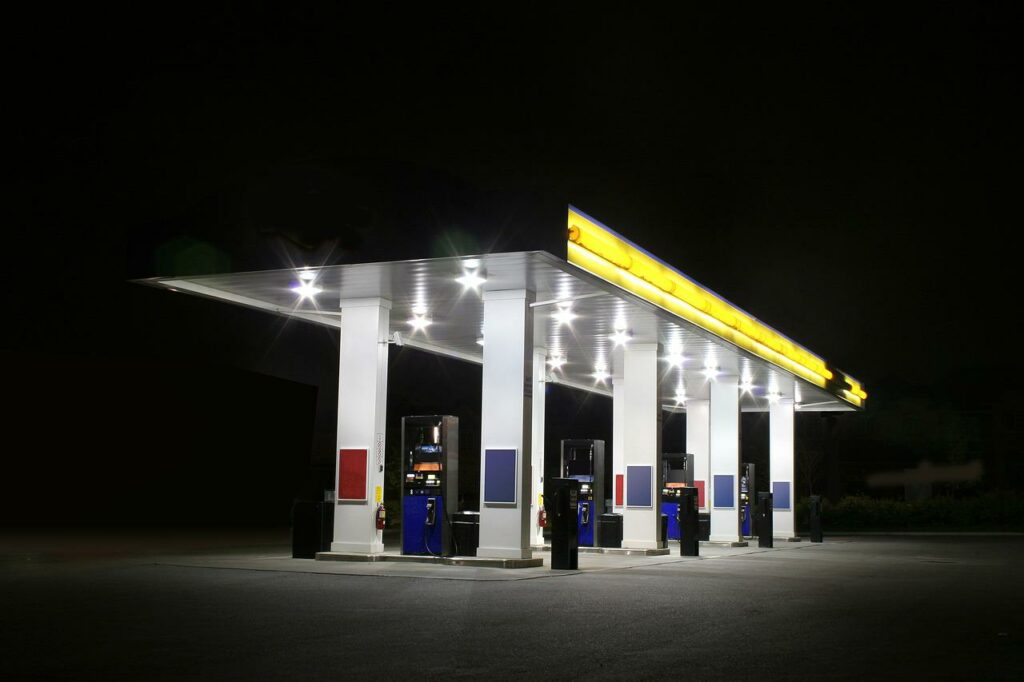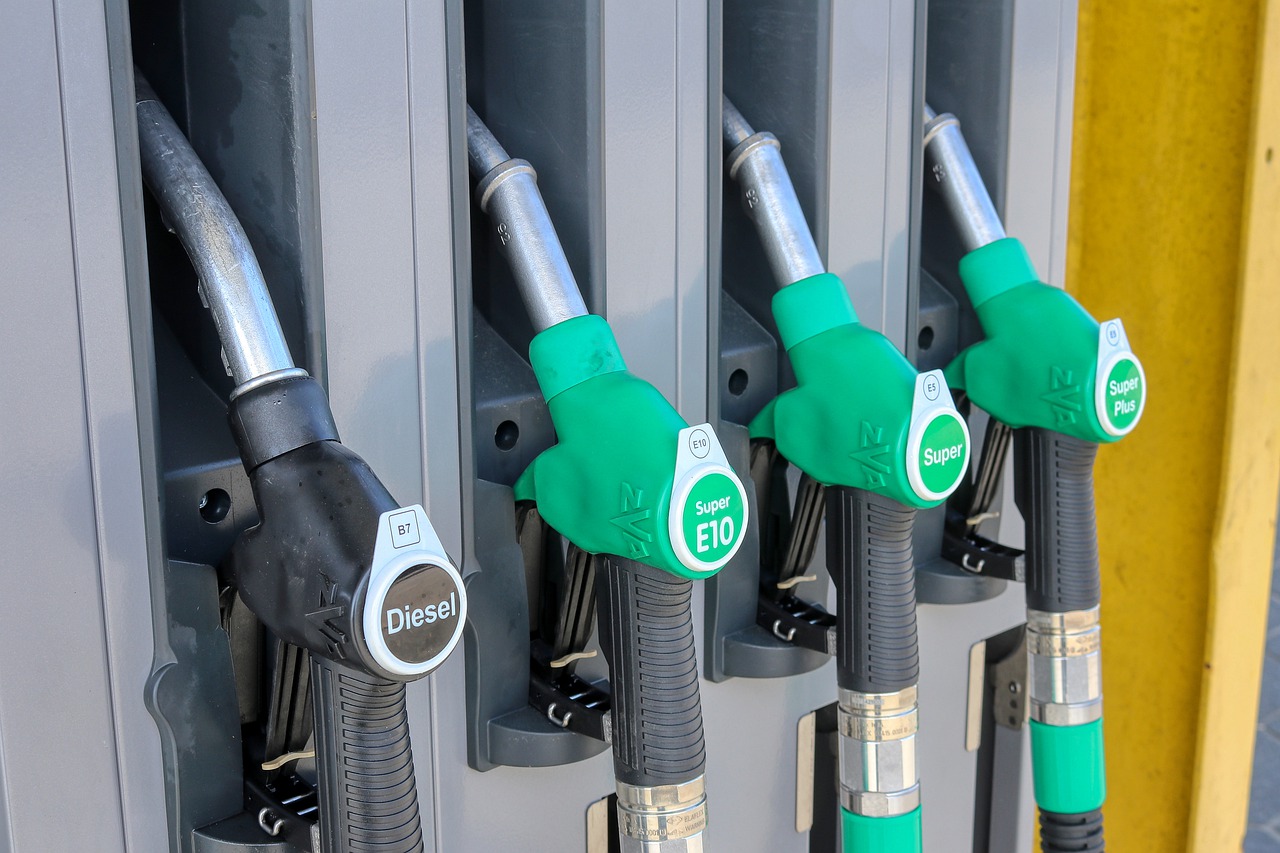La subida del precio de la gasolina está en boca de todos. La situación repercute en cada conductor, pero quienes más lo notan en sus bolsillos son los transportistas y propietarios de empresas de transporte. Ahorrar en combustible es una necesidad para ellos.
Con el alza de precios, cada vehículo pesado gasta una media de 1.500 o 2.000 euros más al mes para llenar el depósito. Tanto para transportistas individuales como para propietarios de flotas, este sobreprecio dificulta en gran medida brindar sus servicios.
Las medidas públicas pueden ayudar a paliar la situación. Pero no bastan. Los transportistas deben activar fórmulas propias para ahorrar gasolina y garantizar la supervivencia del negocio. Hoy queremos poner nuestro granito de arena con estas 4 recomendaciones.
1. Mapa de rutas eficientes
Elegir el recorrido óptimo es esencial para ahorrar en combustible. Cualquier desplazamiento ha de tener en cuenta diferentes variables en la ruta que van a influir en reducir el consumo de gasolina. Veamos algunas de ellas:
- Analiza la situación del tráfico: Si una carretera está colapsada, el tiempo de entrega de las mercancías se incrementará. También, el gasto de carburante.
- Conoce y respeta el límite de velocidad en el recorrido.
- Valora las condiciones y calidad de la carretera. Circular por carreteras en buen estado y, a ser posible, con un trayecto plano contribuye al mantenimiento de las flotas y a bajar el consumo del coche en gasolina.
- Evita zonas en obras o donde se hayan producido accidentes.
Hoy en día controlar estos aspectos básicos para reducir el consumo de gasolina y mejorar la eficiencia es posible gracias a las nuevas tecnologías. El software de Vonzu, por ejemplo, cuenta con una herramienta de optimización de rutas que asigna de manera automática expediciones y trayectos a los conductores a partir de las variables preseleccionadas y de los recursos disponibles.
2. Mantenimiento de vehículos
El cuidado de los vehículos es esencial para prestar los servicios de distribución en las mejores condiciones. Pero no solo eso. Realizar labores básicas de mantenimiento que optimicen el rendimiento también facilita ahorrar en combustible.
Si sigues estas recomendaciones, mantendrás tu flota en buen estado al tiempo que conseguirás reducir el consumo de gasolina:
- Comprueba la presión de las ruedas: Las ruedas pierden presión con el paso del tiempo y cuanto más desinfladas estén mayor resistencia generarán los vehículos al rodar sobre el asfalto, lo que fuerza el motor y aumenta el consumo de carburante.
- Limpia los filtros y revisa las piezas: Las partículas perniciosas del aire deterioran los vehículos e incrementan el gasto de combustible
- Evita la carga innecesaria. Cuanto más peso, más gasto de gasolina se genera. Lo ideal es transportar solo la mercancía y los elementos indispensables para el trayecto en carretera.

- Cambia el aceite y el lubricante periódicamente. De esta manera, conseguirás que el motor no acumule suciedad y se incremente la fricción entre las piezas internas. Si lo haces, también vas a poder bajar el consumo de gasolina.
3. Pásate a vehículos híbridos
La situación actual puede ser la punta de lanza que te anime a renovar tu flota incorporando paulatinamente vehículos híbridos que, además de reducir las emisiones perjudiciales para el medio ambiente, contribuirán a ahorrar en combustible.
Los híbridos son una apuesta de futuro, que combinan un motor eléctrico con otro de combustible fósil. Podrás gastar hasta un 30% menos de gasolina que con un medio de transporte convencional.
Está claro que, en el corto plazo, adquirir nuevos vehículos para el transporte de mercancías supone una inversión considerable. Pero, en el medio y largo plazo, mejorará tu productividad y aumentará la eficiencia de tu empresa de logística.
4. Comportamiento en la conducción
Entre los tips para ahorrar gasolina no puede faltar uno que tenga en cuenta el componente humano. Y es que ciertos hábitos al conducir tienen también una importancia considerable en el consumo.
Cualquier transportista que siga los siguientes consejos de conducción conseguirá ahorrar combustible de forma significativa:
- Evita la conducción agresiva: Conducir con suavidad es muy beneficioso. El exceso de velocidad, los frenazos rudos, cambiar de carril en exceso o tomar las curvas de forma brusca generan mayor consumo.
- Mantén la misma velocidad. Implementar restricciones de velocidad en la gestión de flotas puede ser una opción muy acertada. Avanzar a un ritmo constante hará que gastes hasta un 10% de combustible menos.
- Apaga el motor cuando estés mucho tiempo parado. Los automóviles en punto muerto llegan a gastar hasta un litro por hora. Si estás en un atasco y el tráfico no avanza, lo mejor que puedes hacer es apagar el motor hasta volver a arrancar.
- Optimiza el uso del aire acondicionado. La DGT recomienda mantener el interior de los vehículos entre 21 y 24 grados. Poner el climatizador por debajo de esa horquilla de temperatura hará que el gasto de carburante se incremente de forma exponencial.
Conclusiones
Con el precio del carburante por las nubes, la suma de acciones que ayudan a ahorrar en combustible resulta una necesidad para mantener la productividad.
Seguir ciertas recomendaciones prácticas, optimizar el mantenimiento de las flotas y establecer unas pautas de conducción responsable son casi una obligación para cualquier propietario de empresas de transportes y entregas.
Las nuevas tecnologías suponen, además, un apoyo muy valioso para reducir el gasto en gasolina. Contar con un software como Vonzu mejora la eficiencia de las rutas al tiempo que optimiza la gestión del negocio y disminuye los gastos asociados al mismo.




